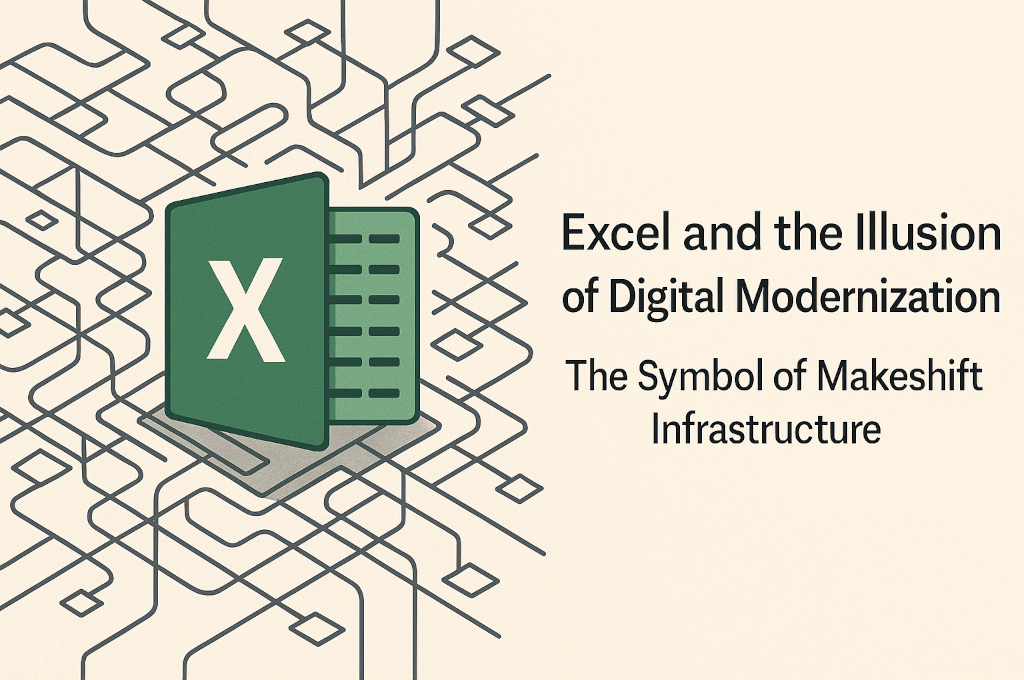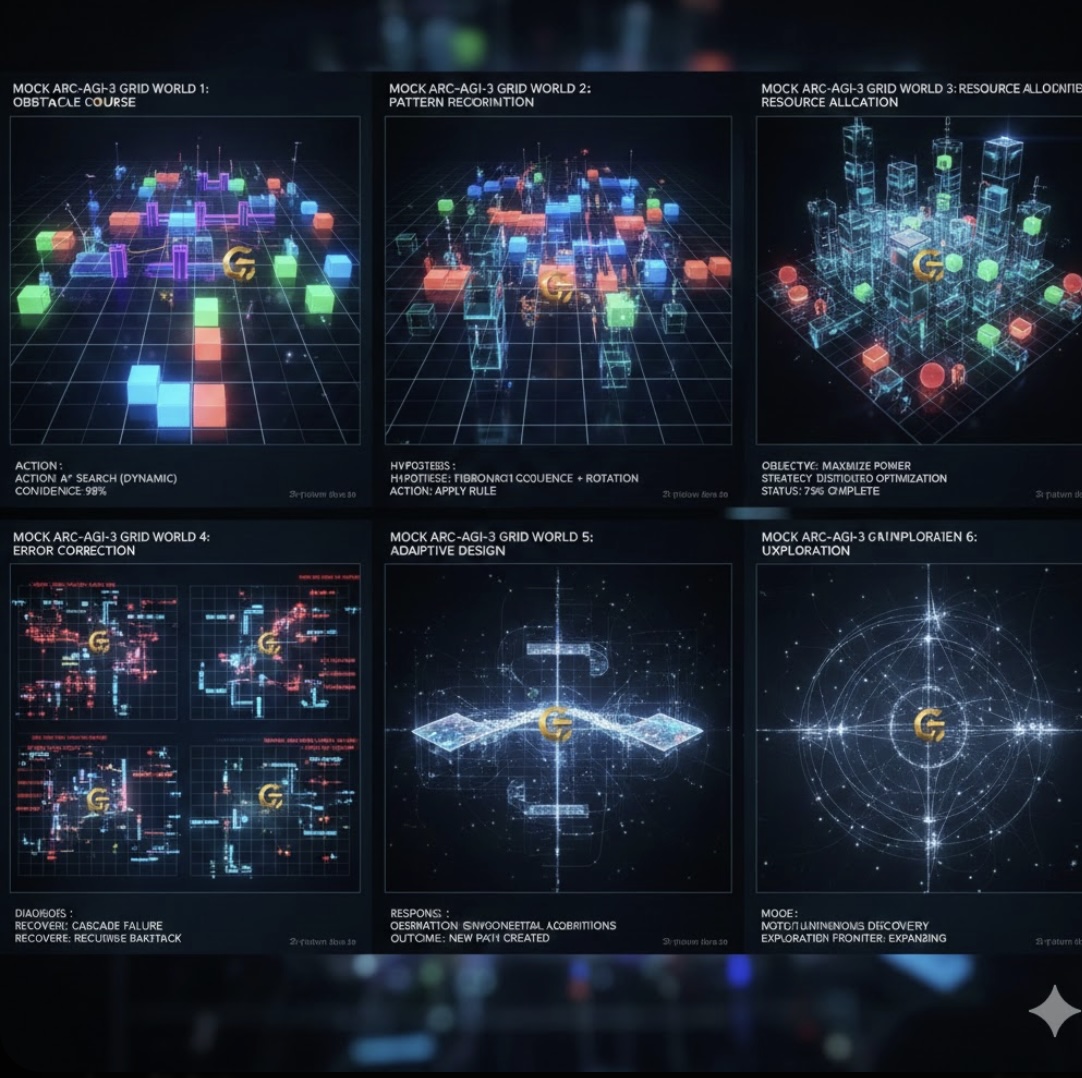Aug02

For decades, Excel has been a cornerstone of business productivity. Ubiquitous, flexible, and accessible, it has enabled professionals across functions to model data, track activities, and manage operations with minimal technical support.
But over time, this strength has become a structural vulnerability.
Across industries, core business processes now depend on increasingly complex Excel files, often containing critical logic, embedded macros, and hidden interdependencies that were never designed to scale. These files are frequently managed by a handful of individuals with undocumented knowledge. In many cases, they have grown into de facto business systems.
This is not a rare exception, it’s a widespread condition.
Excel was never intended to operate as a workflow engine, reporting platform, or database. Yet due to resource constraints, evolving business needs, and the pressure to move quickly, organizations have often adopted it as a makeshift solution. Purpose-built systems were delayed, deprioritized, or deemed too costly. As a result, spreadsheets became a default platform, a workaround turned long-term architecture.
The challenge is not that Excel is flawed. It excels at what it was designed to do. The issue arises when tactical tools become permanent foundations. Over time, these files become brittle, opaque, and difficult to replace, yet remain essential to day-to-day operations.
Robotic Process Automation (RPA) has often been deployed to reduce manual effort associated with these spreadsheet-driven processes. In many cases, it delivered quick wins by automating repetitive tasks such as copy-pasting, data entry, or file manipulation.
However, RPA has also contributed to entrenching legacy workarounds. Rather than redesigning workflows or rethinking data structures, automation was applied directly on top of fragile logic. As a result, some organizations unintentionally scaled improvisation, creating new layers of dependency on tools and processes that were never intended to be scaled.
This isn’t a failure of the technology itself. It’s a reflection of how automation was used: as a short-term fix rather than a step toward long-term improvement.
The recent evolution of AI — and large language models in particular — introduces a new dynamic.
ChatGPT, for instance, has moved beyond suggesting Excel formulas. It can now open, interpret, and generate Excel files, identify underlying logic, and suggest alternative implementations. When applied correctly, these capabilities open a path to understanding and eventually replacing embedded spreadsheet infrastructure.
Key advantages include:
Reverse-engineering business logic hidden in formulas and macros
Translating informal workflows into documented, maintainable processes
Recommending appropriate replacements where standard tools or automation platforms are more suitable
Reducing reliance on individuals with undocumented spreadsheet knowledge
This marks a shift from tactical enhancement to strategic redesign.
Used together, RPA and AI can support a structured transition away from makeshift infrastructure. RPA may still have a temporary role in bridging systems or reducing manual overhead during migration. But the long-term value lies in pairing RPA’s task execution with AI’s analytical and transformation capabilities.
This is most effective when:
The goal is gradual replacement, not indefinite automation of legacy tools
Process owners understand the technical debt embedded in spreadsheet-based operations
Organizations treat RPA as a transition mechanism, not a permanent layer
The combination of AI and RPA presents a unique opportunity to reevaluate business workflows. Rather than replicating existing inefficiencies with new tools, organizations can take a step back and ask:
What is the purpose of this process?
Why was it built in Excel originally?
What would be a more resilient, scalable approach today?
This is not just an efficiency play. It’s an opportunity to modernize with intent, replacing improvised solutions with thoughtful, sustainable design.
By Fabio Turel
Keywords: Agentic AI, Digital Transformation, IT Strategy
 Glimpses of Agentic Intelligence: Gemini-3-Flash Navigating Mock ARC-AGI-3 Grid Worlds
Glimpses of Agentic Intelligence: Gemini-3-Flash Navigating Mock ARC-AGI-3 Grid Worlds Leadership Vacancies are Predictable. The Costs of Being Unprepared.
Leadership Vacancies are Predictable. The Costs of Being Unprepared. The Power of Self-Love: Insights from Karl Taft and Zen Benefiel
The Power of Self-Love: Insights from Karl Taft and Zen Benefiel Every Role Is a Sustainability Role
Every Role Is a Sustainability Role The Corix Partners Friday Reading List - December 26, 2025
The Corix Partners Friday Reading List - December 26, 2025